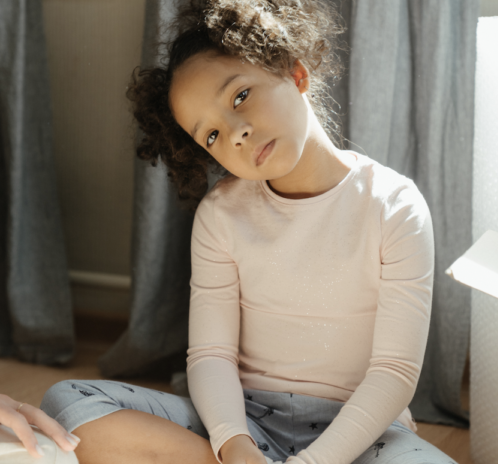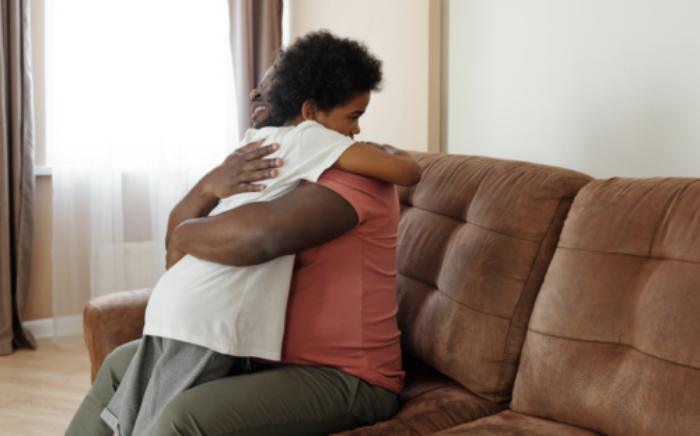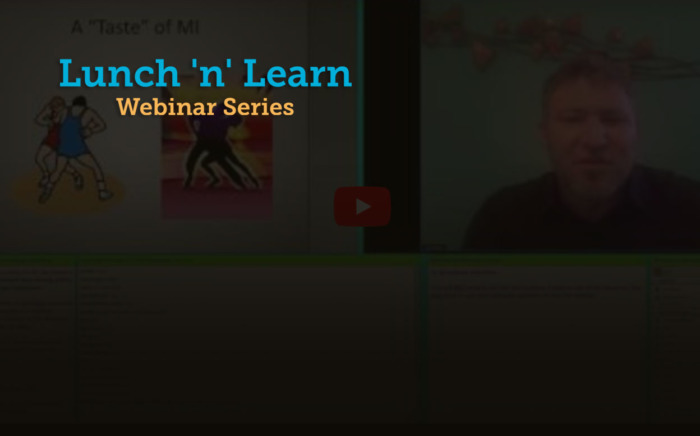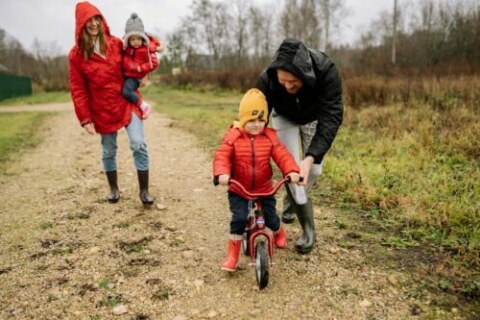Bullying is frustrating and hurtful for children and their families. In honor of Bully Awareness Month, we review the psychological effects of bullying, how to stop bullying, and strategies for helping kids build self-esteem.
What is bullying?
Bullying is a “distinctive pattern of repeatedly and deliberately harming and humiliating others, specifically those who are smaller, weaker, younger or in any way more vulnerable than the bully” (Psychology Today). Bullying can involve verbal and/or physical attacks, including overt physical aggression (kicking, hitting, pushing) and/or relational aggression (spreading rumors, social exclusion). Bullying can take place in-person or online (called cyberbullying). Children bully because it can be an effective way of getting what they want, and they may lack the social skills to do so without harming others. A child’s tendency toward bullying is influenced by several individual, familial and environmental factors.
Who is a Bully?
- Bullying is a common experience for children—about 1 in 5 children report being bullied and being a bully
- Studies show that bullying peaks around ages 11 to 13 and then decreases as children get older
- Boys are more likely to be bullies, though both boys and girls are equally likely to be bullied
- Bullies tend to experience social isolation and do poorly in school
- Bullies lack personal awareness, have low self-esteem, and feel a need to be in charge
- Bullies tend to perceive the behavior of other kids as hostile, even when it is not
- Bullies who struggle with anxiety, trauma, or another mental health issue can benefit from working with a child psychologist or psychiatrist who have experience evaluating kids’ behaviors
How to Prevent Bullying at Home:
Bullying behaviors begin to develop between the toddler and preschool years, and parents play a major role in shaping how their children communicate and interact with peers.
- Provide a warm, positive environment—positive parent-child relations buffer against adverse outcomes.
- Treat family members with kindness and respect.
- Set firm limits on unacceptable behavior
- Enforce appropriate consequences—stay away from threats and physical punishment to control behavior, as these practices are related to bullying behaviors
- Help your child learn to manage their big feelings. This might include helping your child label their feelings (e.g., “it looks like you are frustrated”) and promoting appropriate calm down strategies like belly breathing
- Provide positive role models
- Promote unsupervised free play with other children—this shows children how to interact, communicate, and solve disputes without parental intervention
- Encouraging your child to take the perspective of the person who is being bullied
What Schools Can Do:
- Make school a safe and pleasant environment
- Improve peer relations with comprehensive social-emotional curriculums, group projects, and buddy systems
- Activate bystanders—teach children they have an important role to play in standing up for each other and stopping bullying
- Avoid labeling someone as “bully”—you want to provide consequences around the behavior without branding the child as problematic or a “bad egg”. Provide praise and positive attention when the child is demonstrating pro-social behaviors
How to Protect Your Child Against Bullying: Developing Self-Esteem
Bullying can contribute to low self-esteem, depression, anxiety and school avoidance. For these reasons,
- Talk to your child about what bullying is and reinforce the idea that bullying is less about the victim and more about the bully
- Brainstorm with your child what she can say if she is bullied, for example self-affirming mantras
- Encourage your child to find allies—for example, sign them up for a sports team or music class so that they can experience positive relationships with other kids
- Spend quality time together—strengthen the parent-child bond because that will help boost their self-esteem
References
https://www.apa.org/monitor/oct02/bullying
https://aplatformforgood.org/the-mind-behind-the-bully-the-psychology-of-bullying/
https://www.psychologytoday.com/us/basics/bullying
https://www.apa.org/pubs/journals/releases/amp-a0038929.pdf
https://childmind.org/topics/concerns/bullying/
https://childmind.org/article/how-to-arm-your-child-against-bullying/
Olweus, D. (2001). Olweus’ core program against bullying and antisocial behavior: A teacher handbook. HEMIL-senteret, Universitetet i Bergen, N-5015 Bergen, Norway.








